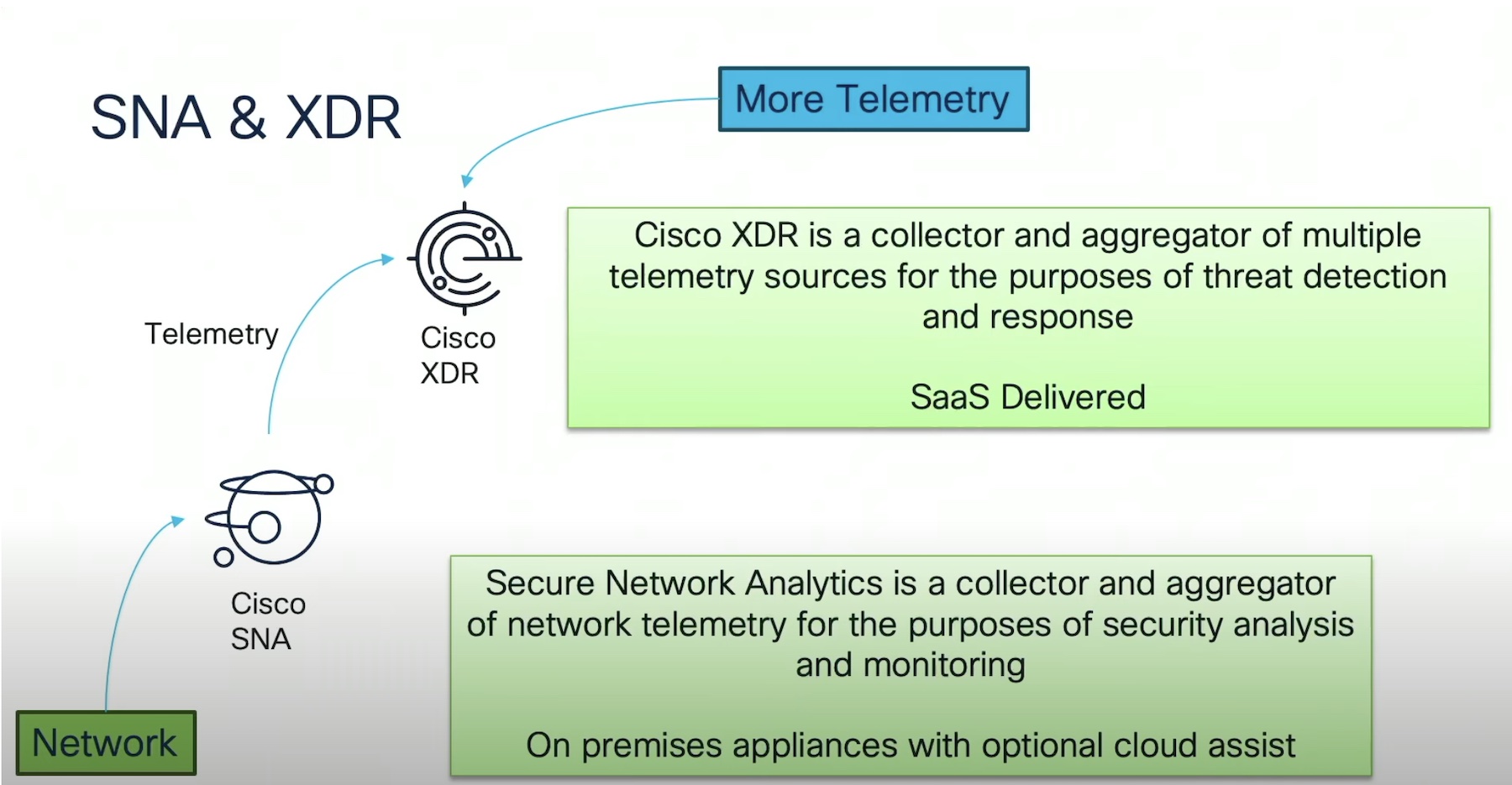During the last years, we have seen how vital networking is, especially in the light of the pandemic. It became the little push many companies needed to finally begin their journey towards digital transformation and remote working. Currently, almost everything occurs digitally: shopping, meetings, tax reporting, classes/lessons, birthday cake singing, and even tourism! In isolation, we meet and greet, play and learn, work and relax, turning our screens into modern windows to the outside world.

Although that is the reality for some, for many others, a resource that could be considered vital and taken for granted, becomes a luxury. Nowadays, despite all the modernization present in our era, there are still more than 3 billion people without access to a proper internet connection.
Recognizing the importance of access to information in an increasingly digital era, and with the goal of powering an inclusive internet for all, Cisco has set out to redefine the economics of the Internet.
The Problem
The world of networking is a wonderful one since, for many goals, there are many options to choose from and tailor the solution to specific needs and constraints. Service providers, in particular, need to provide their customers with a wide variety of customized services. This comes at a price, though: Managing an infrastructure with various services, transports, technologies, and vendors may become a daunting task, with the aspect of “variety” playing a major role in the overall complexity.
On top of that, the need for the five-nines and the resulting scale contributes to the complexity mix. As the business diversifies, one team/organization manages a specific section of the network, turning each step into a silo.
A practical example is transport networks: optical long haul segments formerly based on SONET/SDH and nowadays high-speed Ethernet on top of DWDM connecting parts of the core network together. Those networks would, in turn, patch in with the edge that faces the customers and provides particular hand-offs to the CPE devices.
What is the result? A heterogeneous compound of personnel, devices, and software stitched together in a semi-manual manner, scrambling together all kinds of mechanisms to ensure services are maintained and delivered in a timely manner. Sometimes oversubscribed, and some others underutilized, but ultimately, difficult and expensive to maintain.
How does this translate to the customers? Short-lived and expensive data caps, reduced availability in specific regions or areas, or subpar connection methods in some places. Put simply, unequal access.
The Breakthrough
How is Cisco planning to tilt the scales in order to make this a reality? Supporting Service Providers and helping to address the reasons behind complexity, and ultimately, inequality.
Four big innovations driving Service Provider networks to a new and faster level:
- Silicon One: Since late 2019, the Silicon One line of processors keeps growing, providing platforms with smashing processing power and efficient power consumption. Breaking limits in several areas at a dashing pace between releases.
- Optics: With the acquisition of Luxtera (Feb. 2019) and Acacia (March 2021), Cisco is enabled to revolutionize the optics industry. How? By leveraging coherent pluggable optics and silicon processors to squeeze every bit out of the photonic layer, providing blazing performance and cost savings across several verticals.
- Systems: By supporting coherent pluggable optics across several platforms, innovations can permeate into the mass-scale systems, allowing high-performing platforms to deliver simplicity on top of their outstanding capabilities.
- Software: Overseeing the network and leveraging automation and programmability to enable a scalable and flexible consumption of services, multi-vendor device configuration, deployment, and management, along with traffic analysis and network insights to scrutinize trends and act in consequence. All in a single place with Cisco Crosswork.
The Solutions
How are these elements contributing to reach the ultimate goal?
One of their applications takes place in provider networks. Earlier we spoke about the complexities entailing current service provider networks, and how fragmented or siloed their management, operation and deployment could be.
There are several chokepoints where two worlds meet. Each one of them with different mechanisms in place, speed, throughput, and most importantly, media and connections. It is as if each side would speak a different language, and despite having a translator in place, some of the parlance and idioms are lost in the process. In this case, resources and throughput.
What if the IP and optic layer would converge in a single device? That’s where the coherent pluggable optics come in: by removing the language barrier between IP and optical networks, they are able to converge and get their speeds increased, resulting in a close-to 1:1 transfer between them!
The benefits are noticeable:
- Lower power consumption
- Lower space usage (1 or more pizza boxes out of the rack!)
- Optimized wavelength utilization
- More integrated environment (more homogeneous)
- One device less to manage/maintain
Who wouldn’t want an integrated pizza box like this one? 😀
In this blog, we have talked only about the physical layer. Join us in the next blog to talk about how these innovations allow the logical layer of the network to take the steering wheel and drive it to the next level.




